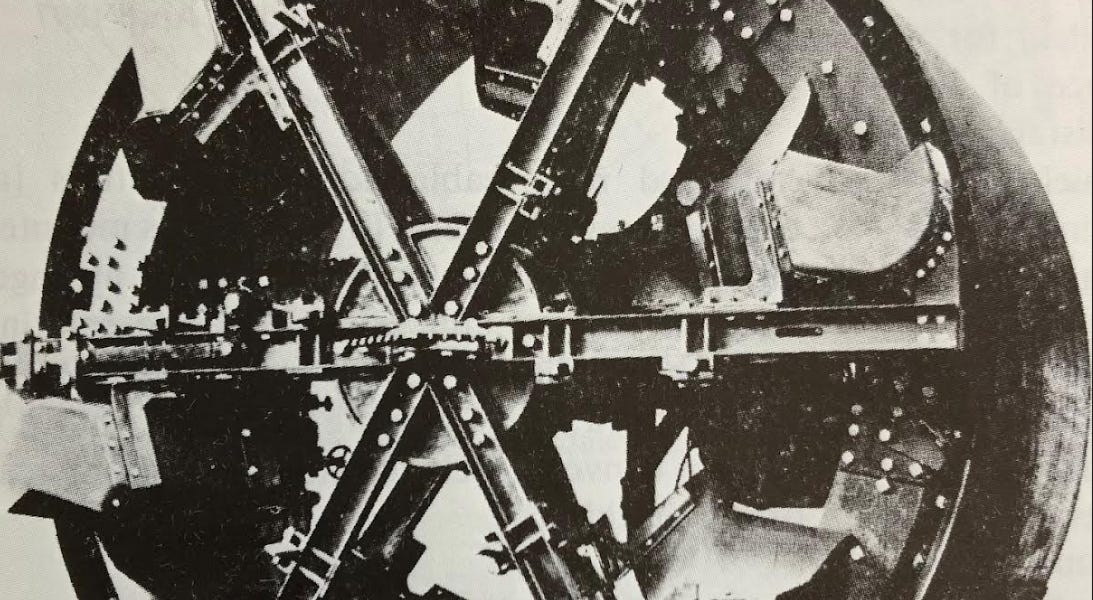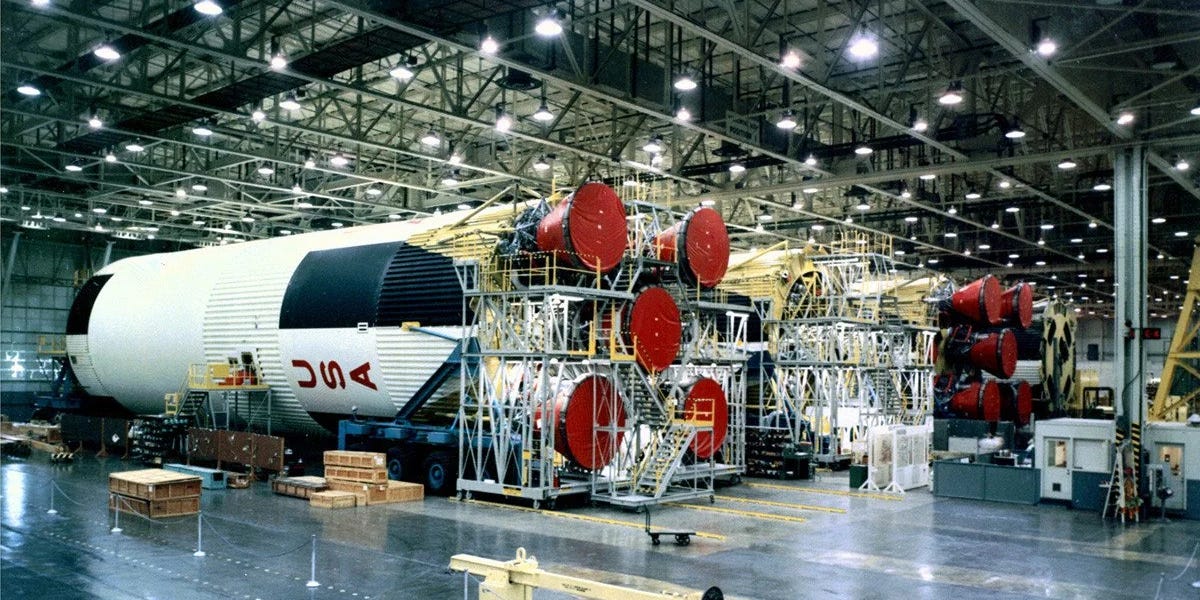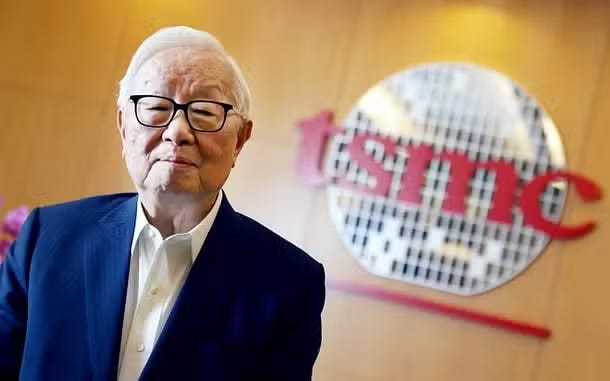Nobel Prize Winners: A Data-Driven Look at Scientific Concentration and Dispersion

This analysis examines data on Nobel Prize winners in Physics, Chemistry, and Medicine from 1915 to 2016, revealing a concentration of scientific achievements. A small number of countries, primarily the US, UK, and Germany, and elite universities like Harvard and Cambridge, dominate Nobel Prize wins. However, a long tail effect is also observed, with many other countries and institutions contributing. Furthermore, the average age of laureates and the time lag between completing prize-winning work and receiving the award are increasing, potentially indicating a slowdown in groundbreaking discoveries or inherent delays in the Nobel Prize selection process.
Read more




